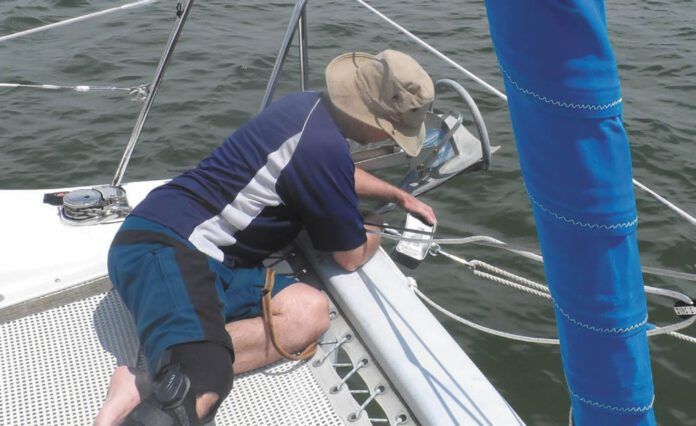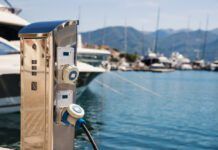All anchors are a compromise. Since some anchor types work best in certain bottoms, it is a good idea to carry anchors of different designs. At minimum, a cruising sailboat should carry at least two anchors adequately sized to anchor the boat under most conditions. Four anchors is often the norm on offshore cruising boats-two working anchors (a primary and secondary), one stern anchor or kedge, and one over-sized storm anchor-but cruising boats that sail with six or more full-sized anchors are not uncommon.
So where does a lightweight alloy anchor fit in the hierarchy of cruising anchors? It depends. Aluminum alloy anchors, particularly multi-part anchors, have a number of strikes against them. Lighter anchors take longer to set and are more likely to drag; their shanks are more vulnerable in side-load situations (aluminum alloys can shear when steel will bend); and multi-part anchors like the Fortress and Spade introduce other handicaps.
Despite these drawbacks, if Wednesday evening buoy racing is your passion, theres nothing wrong with an alloy race-day anchor. Owners of heavy-displacement boats with formidable bow rollers should look at high-tensile steel anchors for their primary anchor.
While high-tensile steel is the king of primary anchors, lightweight alloy anchors have two chief advantages-even for cruising sailors. They are portable, and they are easier to deploy by hand from a small boat. This is useful for kedging a boat into deeper water or away from a pier or obstruction.
Because alloy anchors are so easily moved around the boat, they don’t need to be stowed on a dedicated bow roller, making them an appealing choice for a third, backup anchor- especially on boats with only one bow roller. Sizing an alloy anchor varies according to its purpose. Generally, the alloy anchor you choose should have similar holding capacity as the boats primary anchor.
For more advice and information on anchoring, check out Specialty Anchors/Real World Anchoring from Practical Sailor.




































